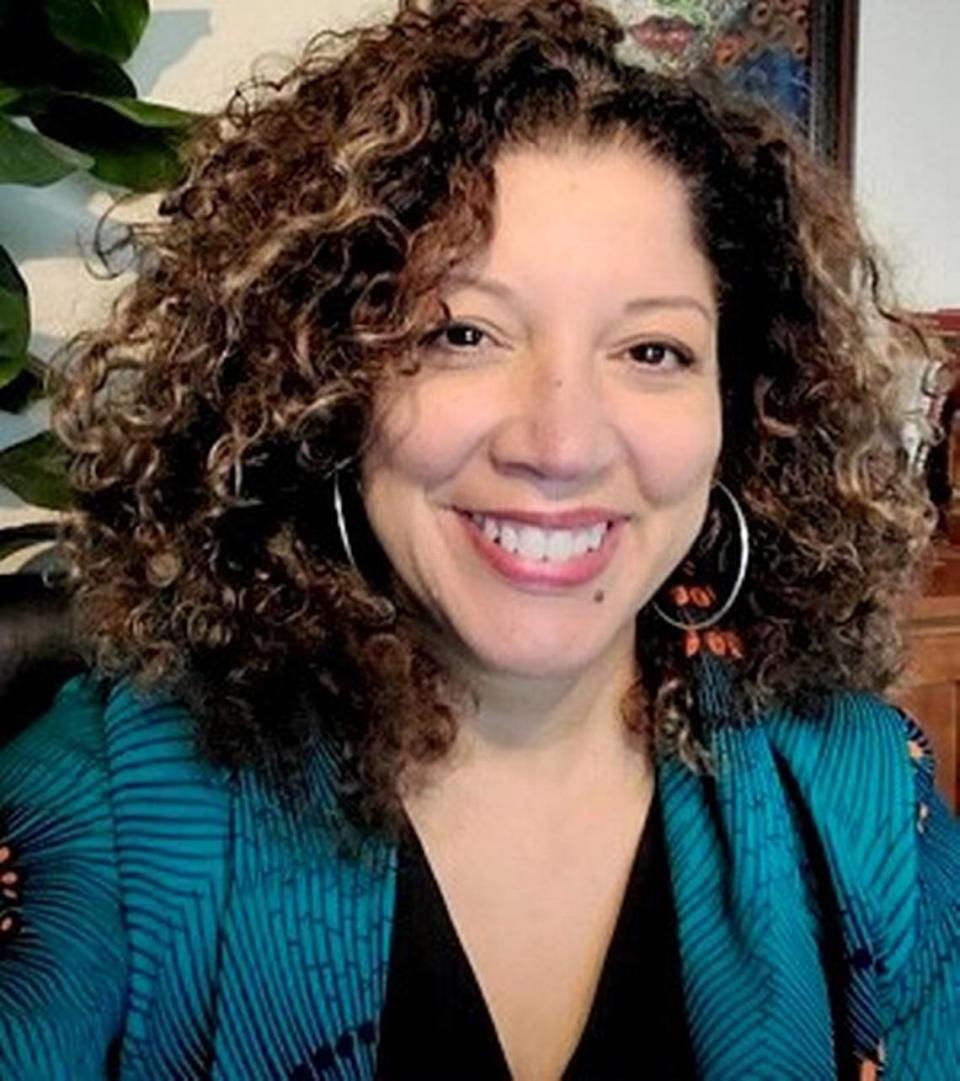There’s a disconnect between Supreme Court’s wishful thinking and reality of racial barriers | Opinion
We know how this story ends.
Thursday’s Supreme Court decision in Students for Fair Admissions — SFFA v. Harvard College and SFFA v. University of North Carolina — is a study in magical thinking, where people are colorblind and all students are given equal opportunity for college admissions. But experiments with colorblind college admissions in California and Michigan tell a different story. And the outcome is not good — especially for people of color.
As California’s experience with Proposition 209 reveals, the elimination of race-conscious admissions programs demonstrably shrinks the pipeline for professional schools and civic leadership roles for candidates from historically marginalized communities.
In her dissent to SFFA, Justice Sonia Sotomayor called attention to California’s failed color-blind admissions process. California Proposition 209, which banned affirmative action in public schools in 1996, resulted in sharp declines in Black and Latino enrollment at elite universities. It also resulted in poorer labor-market prospects for Black and Latino students who lost access to more selective schools.
Even with the improvements fueled by the expansive race-neutral recruitment initiatives enacted in the UC system following Proposition 209, California schools still don’t meet their diversity goals system-wide. Michigan also saw a drop in Black enrollment following a 2006 ballot initiative that banned affirmative action.
So why would we expect anything different following the SFFA decision, which effectively bans race-conscious admissions in higher admissions at thousands of colleges and universities across the nation?
SFFA is a monumental setback for those committed to defending diversity in the classroom and beyond. It guts affirmative action in higher education. As we saw in California and Michigan, these rulings will no doubt rollback the progress that Black and brown people have made in education and professional career opportunities. The SFFA decision has stripped colleges and universities throughout the country of the ability to consider an applicant’s race as part of a holistic review in the admissions process. It’s as if race does not matter. It is a fantasy, plain and simple.
The court majority imagines a world where there is a level playing field for college applicants. It does so at the expense of the reality of several structural barriers that create gaps in test performance and a host of other benchmarks for students of color. Yet the court has turned a blind eye to the pervasive structural inequities that persist in American education. From grade-level retention to Advanced Placement classes to student suspensions, school disparities between Blacks and whites are the norm for most American schools, according to the data collected by the Brookings Institution.
The court also ignores decades of Supreme Court precedent that recognized the important corrective value of affirmative action initiatives in higher education. What’s worse, it distorts the Equal Protection clause. With today’s decision, the court uses the 14th Amendment to expand inequality in educational and professional opportunities for students of color.
The decision takes the 14th Amendment, a tool designed to prevent discrimination against formerly enslaved Black Americans and turns it “on its head” in the name of race-neutral or colorblind processes. The majority repeatedly celebrates a “colorblind” Constitution.
But in her 69-page dissent, Justice Sotomayor properly calls out the court for its adherence to the fantasy of a colorblind code. She says the court “cements a superficial rule of colorblindness as a constitutional principle in an endemically segregated society where race has always mattered and continues to matter.”
Justice Ketanji Brown Jackson also exposes the fallacy of the fantastic, colorblind scenario. In her dissent, Justice Jackson writes: “With let-them-eat-cake obliviousness, today, the majority pulls the ripcord and announces ‘colorblindness for all’ by legal fiat. But deeming race irrelevant in law does not make it so in life.”
The hard reality is that those committed to diversity in higher education and beyond must now work even harder to pursue equity in education. And they must do so with clear eyes that acknowledge the structural inequities that lead to education disparities and often fall along racial lines. But they no longer have a powerful reparative instrument to address those inequities.
Access to higher education should be equitable. Otherwise, aspirations of college and professional advancement may be a road to nowhere for many students of color.
That’s not how their stories should end.
Olympia Duhart, a law professor at Nova Southeastern University Shepard Broad College of Law, is co-president of the Society of American Law Teachers (SALT). SALT was one of 22 organizations that joined Equal Justice Society and California ChangeLawyers in filing an amicus brief in SFFA supporting race-conscious admissions.


